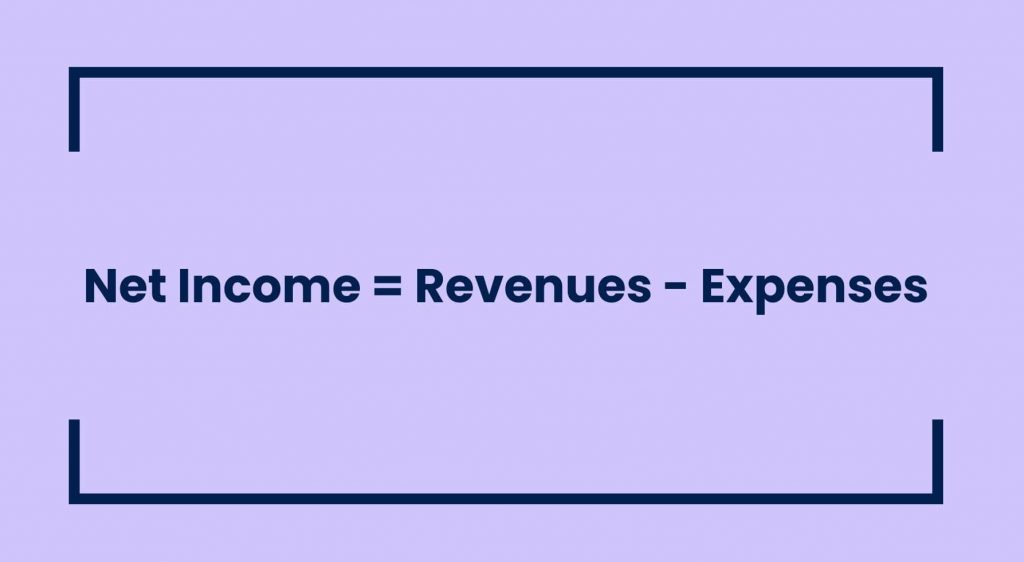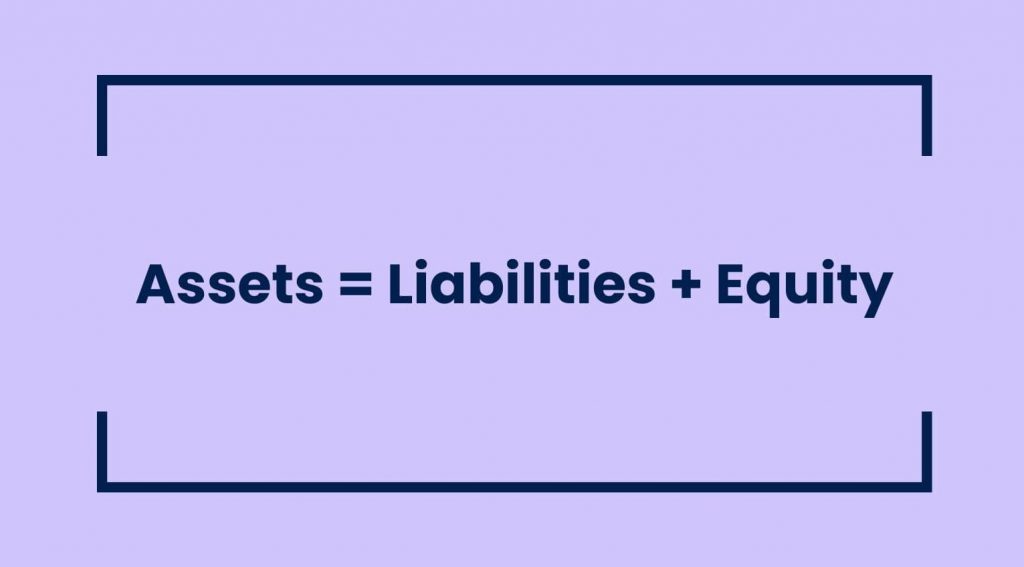Preparing financial statements is a complex process that requires following a specific sequence of steps. Each of these steps requires attention and accuracy. But don’t worry — if you know the rules of the game, you’ll figure out how to succeed. So, what are these steps, and how to carry them out? Let’s find out!
Contents:
1. What is the order in which a company prepares financial statements?
2. How does financial statement preparation impact your business?
What is the order in which a company prepares financial statements?
In order to prepare financial statements, you’ll need to address each of these statements in the following order:
- Income statement;
- Statement of owner’s equity;
- The balance sheet;
- Cash flow statement.
To fully understand what we’re talking about, let’s take a closer look at each point one by one and learn how companies and their accountants handle them.
1. Income statement
An income statement, also known as a earning statement or profit and loss statement, shows how much profit a company has made in a given accounting period – a month or a year. In accounting, you determine profit by comparing the money a company earns (revenue) with the money it spends to earn that money (expenses). Income statement provides the information needed for the other statements, this way the preparation process starts.
Here’s what the income statement includes:
- Revenue: This is the money a business gets from selling products or providing services. Calculate revenues based on the prices agreed upon when the business delivers goods or services to customers.
- Expenses: These are the costs a business incurs to generate revenues. Expenses represent the costs of running the business and are often listed as accounts ending with the word “expense”.
Note: Profit is the net income a company earns. However, if expenses exceed revenues, the company will incur a net loss instead of making a profit.

2. Statement of owner’s equity
The statement of owner’s equity shows how they’ve changed between two balance sheet dates. To create this report, you should start with the amount of retained earnings at the beginning of the period. Then add any profit (or subtract any loss) from the income statement.
After that, subtract any dividends paid to shareholders (or any withdrawals made by owners in a partnership or sole proprietorship). The result is the ending balance of retained earnings (or equity for non-corporations).
3. Balance sheet
The balance sheet is created to give a clear picture of a company’s financial position at a specific moment. It shows what the company owns (assets), what it owes (liabilities), and the value belonging to shareholders (equity).
The balance sheet is useful for understanding
- How well the company can pay its bills (liquidity);
- How stable it is financially (solvency);
- Its overall financial health.
It’s like a financial snapshot that helps business owners, investors, and lenders see how strong the company is at a given time.

4. Cash flow statement
The statement of cash flows is created to show where a company’s cash is coming from and where it’s going during a specific period. It breaks down cash flows into three main areas: operating activities (day-to-day business operations), investing activities (buying or selling assets), and financing activities (borrowing money or paying back loans).
This process helps you understand how the company manages its cash flow statement, whether it’s generating enough cash to keep things running smoothly, and how well it can handle its financial obligations. It’s a key tool for seeing the real cash situation of the business.
How does financial statement preparation impact your business?
1. Provides a clear picture of financial health
Financial statements represent the overall financial position of your business on a given date, showing the business’s assets, liabilities, and equity. If you notice that the revenue on your income statement is consistently higher than your expenses, then your business is profitable. However, if your balance sheet shows that you have so much debt compared to the assets on the balance sheet, then this means that you’re a financial risk.
2. Identifies potential problems early
Generally, when you analyze your balance sheet frequently, you can prevent problems, such as closings, or increased debts before they become huge. If your income statement shows increasing expenses but flat revenue, this might be a sign of efficiency problems within the firm or that it is time to reevaluate the price charged for its products. This gives you the chance to make changes if you catch it early.
3. Builds trust with investors and lenders
It’s very important to present all financial data in a clear and honest manner to gain the trust and support of investors, banks and other stakeholders. They provide confidence that your business is being managed properly and that you’re financially healthy. In case you need a loan, the lender will go through your financial statement to determine your payment ability. In the same way, investors will look at your profits as well as your cash flow to decide whether they want to invest in your business.
4. Keeps the business on track
Update and review your financial statements from time to time so you can see your progress toward your business goals. If you see that your financial statements are reporting you’re hitting your target income, this means your business is on track and your strategies are effective. If not, it’s time to review your business plan and make necessary changes.
Conclusion
You might think that preparing financial statements is unimportant or even boring, but in reality, it provides a complete picture of your business’s health. It’s like unlocking a map to start a treasure hunt or creating a blueprint for a skyscraper — every detail matters, so missing anything is unacceptable. But the rewards are worth it, so there’s no need to fear financial statements.






